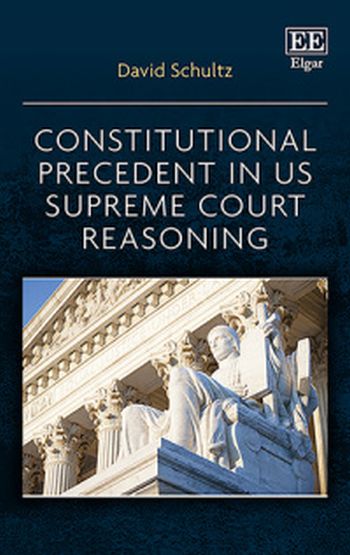We are now closed for the Christmas and New Year period, returning on Monday 5th January 2026. Orders placed during this time will be processed upon our return on 5th January.

Precedent is an important tool of judicial decision making and reasoning in civil law systems such as the United States. Instead of having each court decide cases anew, the rule of precedent or stares decisis dictates that similar cases should be decided similarly. Adherence to precedent promotes several values, including stability, reliability, and uniformity, and it also serves to constrain judicial discretion. Yet while adherence to precedent is important, there are some cases where the United States Supreme Court does not follow it when it comes to constitutional reasoning. Over time the US Supreme Court under its different Chief Justices has approached rejection of its own precedent in different ways and at varying rates of reversal. This book examines the role of constitutional precedent in US Supreme Court reasoning.
The author surveys the entire history of the US Supreme Court up until 2020, keying in on decisions when it chose to overturn its own constitutional precedent and why. He explores how the US Supreme Court under its different Chief Justices has approached constitutional precedents and justified its reversal and quantifies which Courts have reversed the most constitutional precedents and why.